Hyundai Ioniq 5 hauls us into a bright retro-future as the smartest EV on the market
Hyundai Ioniq 5 is retro-futurism made flesh, fulfilling the neon dreams of the forward-thinking 1970s – it's also easy to live with, efficient and practical
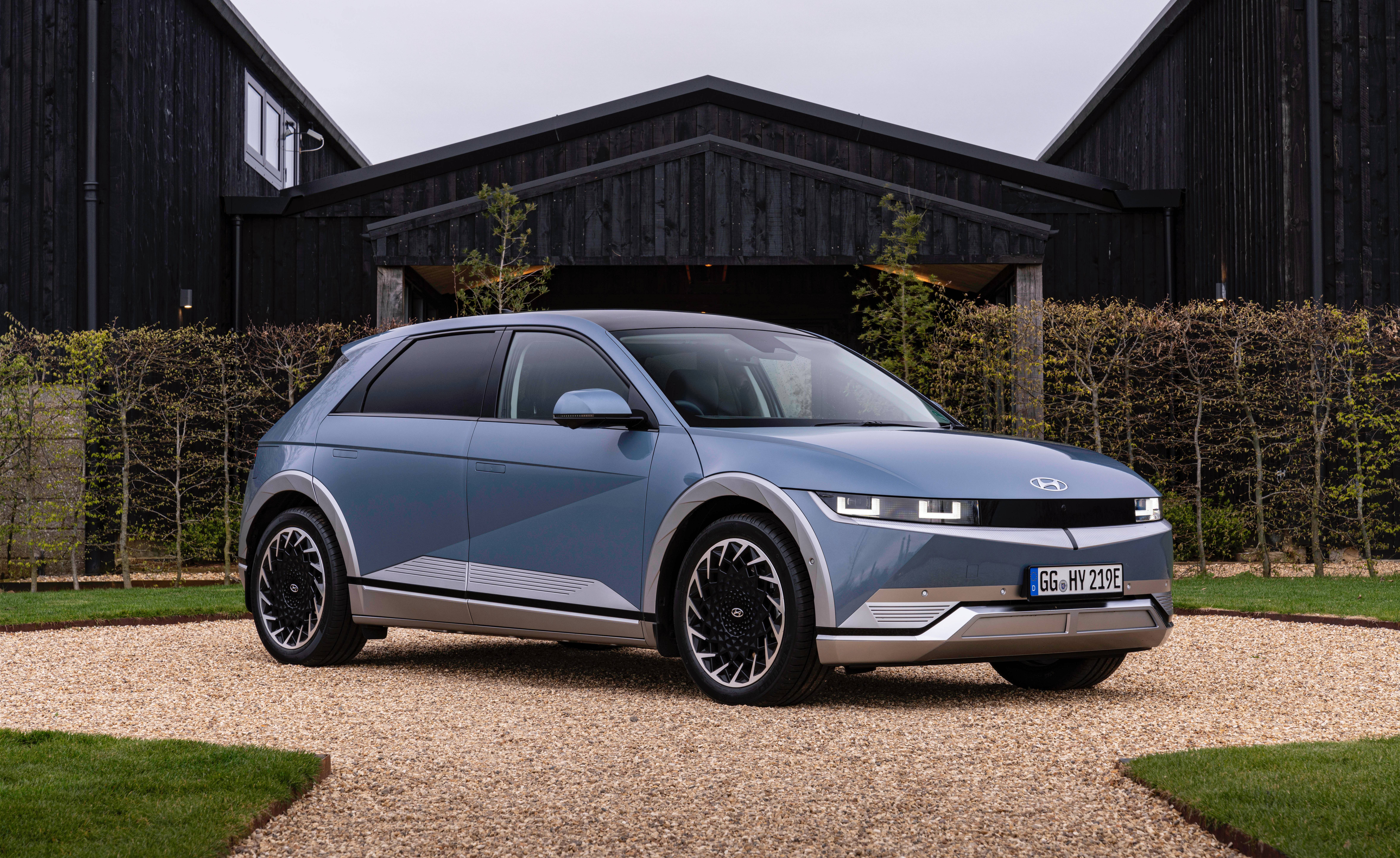
The Hyundai Ioniq 5 wears its retro influences on its sleeve, but in truth there were never really cars like this on the road. The closest parallels to the faceted forms in Hyundai’s newest EV can be found in the concept car designs of the 1970s and 1980s, back when futurism meant sharp edges. In particular, the jumping off point was Giorgetto Giugiaro’s 1974 Hyundai Pony Coupé concept, shown at the Turin Motor Show. The Ioniq 5 is the production version of the Hyundai 45 Concept, featured in our 2020 Design Awards for its combination of excellent exterior, intelligent interior design, and eco-conscious engineering.
Not only is the Ioniq 5 substantially different from the company’s EV offerings to date, it’s also pretty different from other companies’ offerings (including Hyundai’s sister company Kia). Inside and out, the Ioniq 5 is retro-futurism made flesh, fulfilling the neon dreams of the forward-thinking 1970s as a mass-produced object without the barriers of badge snobbery or brand hierarchy.
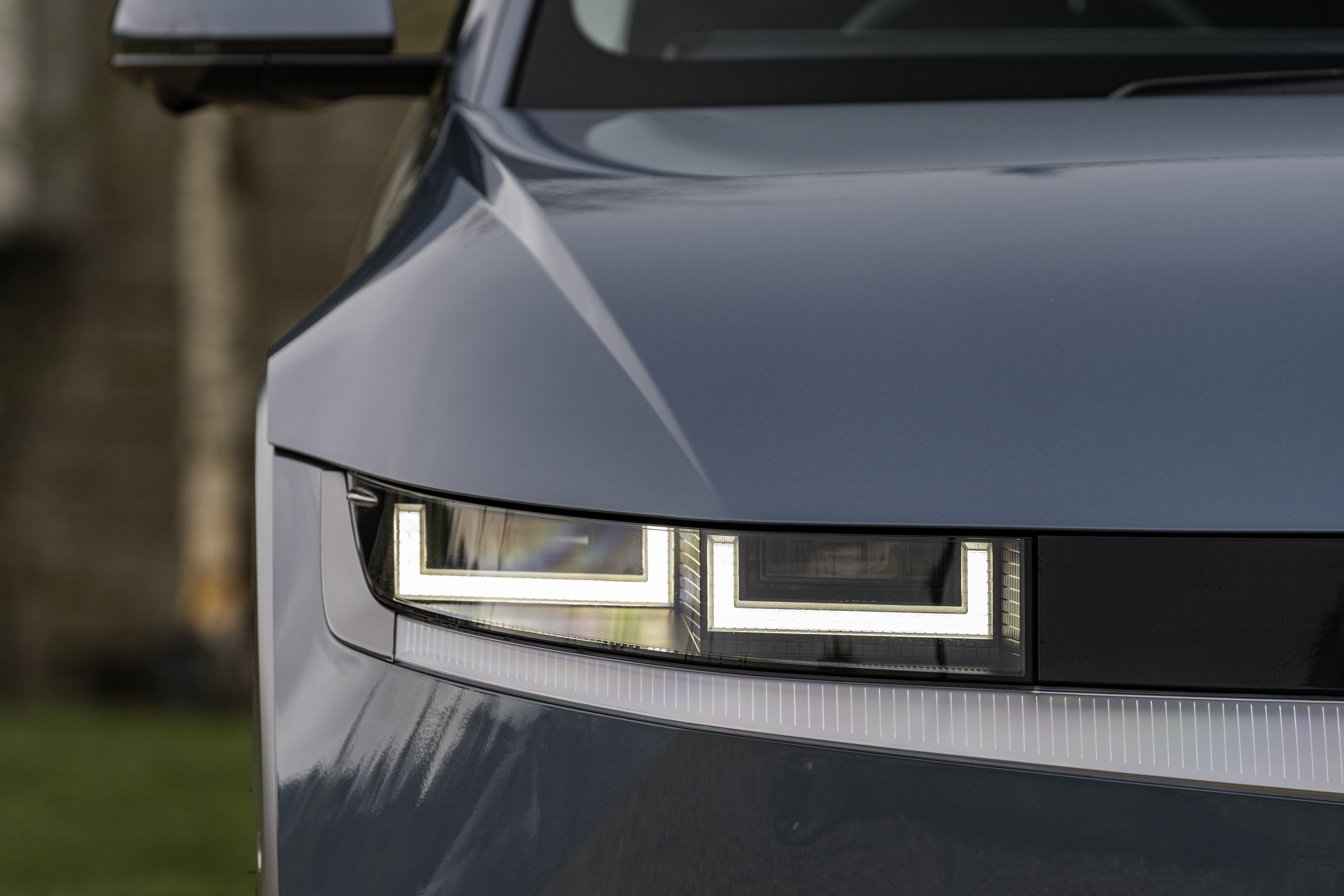
You see, way back before retro was cool, companies like Hyundai were comfortable in their unfashionable skin, letting premium brands duke it out for the title of best-looking car. Time and taste have been surprisingly kind to the resolutely ordinary cars built by the Korean manufacturer in the 1970s and 1980s.
Giugiaro’s original 1974 concept still looks relatively fresh, and in April 2021 the Pony was given a retromod makeover, complete with modern pixel-style lights and a dashboard made from Nixie tubes. It was followed by an all-electric make-over of the stately Grandeur saloon from 1986.
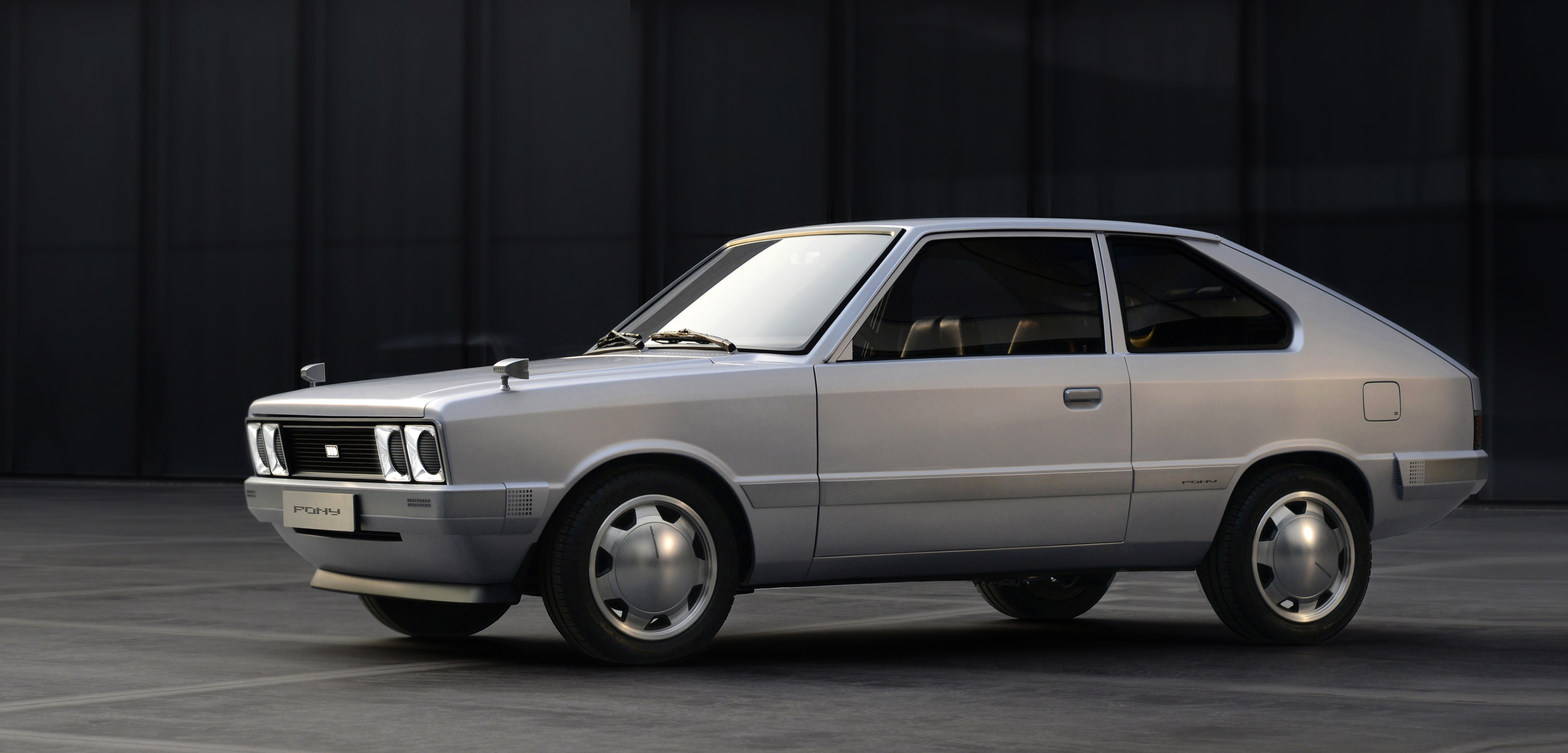

Hyundai Heritage Series Pony
The latter two cars are part of the company’s Heritage Series, a canny way of bolstering the credibility of the past through the lens of the future. Consumers often have a nostalgic longing for the lost powers of perception and imagination in old-fashioned futurology. Hyundai’s design team are tapping into these emotions with a (relatively) straight face; the Grandeur is video game design made real, a clever way of splicing modern EV tech into old forms.
The wider point here is that electrification offers designers far more freedom than ever before. Ultimately, cars will evolve even further, but the underlying promise of such electrified retromods is that there may just be life in the billions of soon-to-be-discarded conventional cars, if only their drivetrains could be swapped out for batteries.
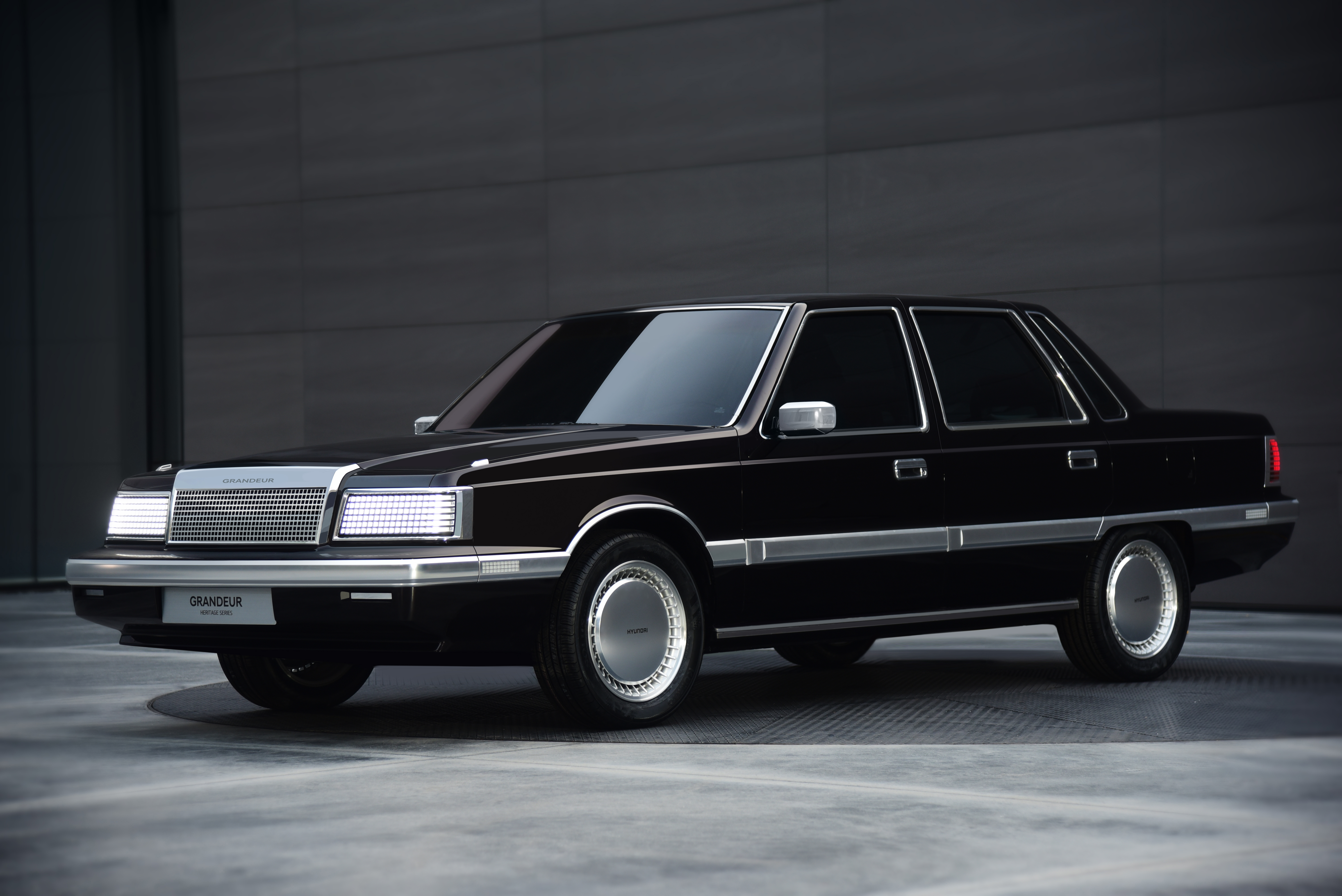

Hyundai Heritage Series Grandeur
Hyundai Ioniq 5: striking inside and out
The Ioniq 5 isn’t quite as blatant an homage, but it is still extremely striking, quite unlike anything else on the road. In the metal, it’s much larger than the compact hatchback-style body shape suggests, but the scale lends the interior an airy spaciousness that is missing from so many modern cars.
Receive our daily digest of inspiration, escapism and design stories from around the world direct to your inbox.
Outside, the ‘folded’, crimped, and ribbed bodywork is far more sophisticated than the machine-made forms of the 1970s and 1980s. This is a tad fussy in places (especially in comparison with the original 45 Concept), but the overall effect is handsome, well-proportioned and different. The pixelated lights, front and rear, create presence and visual interest, while the clean relationship between the light clusters, bodywork and glasshouse is the very definition of crisp.

Inside, the space makes the most of Hyundai’s new Electric-Global Modular Platform, which also serves as the underpinnings for the closely related but very physically different Kia EV6. The dashboard successfully blends flat screens with conventional controls, while there are no overwrought curves or scoops anywhere to be found.

The interior of the Hyundai Ioniq 5
On the road, the Ioniq 5 demonstrates all the best EV driving qualities, swift acceleration, stable, grounded handling, and simple one-pedal operation. The bigger capacity battery (73kWh versus 58kWh) promises a range of around 300 miles, and a (scarce) ultra-fast charger will get you from 10 to 80 per cent charge in under 20 minutes.
It is a very easy car to live with, characterful without being overbearingly charismatic, efficient without being clinical, and practical without being dull. We look forward to future Ioniq models with keen anticipation.
INFORMATION
Hyundai Ioniq 5, from £36,995
Jonathan Bell has written for Wallpaper* magazine since 1999, covering everything from architecture and transport design to books, tech and graphic design. He is now the magazine’s Transport and Technology Editor. Jonathan has written and edited 15 books, including Concept Car Design, 21st Century House, and The New Modern House. He is also the host of Wallpaper’s first podcast.
-
 Three new smartwatches showcase new frontiers in affordable timepiece design
Three new smartwatches showcase new frontiers in affordable timepiece designLong may you run: smartwatches from Withit, Kospet and OnePlus favour function and value above all else, demonstrating just how much the smartwatch has evolved in recent years
-
 Debuts, dandies, Demi Moore: 25 fashion moments that defined 2025 in style
Debuts, dandies, Demi Moore: 25 fashion moments that defined 2025 in style2025 was a watershed year in fashion. As selected by the Wallpaper* style team, here are the 25 moments that defined the zeitgeist
-
 The RIBA Asia Pacific Awards reward impactful, mindful architecture – here are the winners
The RIBA Asia Pacific Awards reward impactful, mindful architecture – here are the winnersThe 2025 RIBA Asia Pacific Awards mark the accolade’s first year – and span from sustainable mixed-use towers to masterplanning and housing
-
 Peugeot’s sparky 308 gets hybrid power and handsome lines
Peugeot’s sparky 308 gets hybrid power and handsome linesThe Peugeot 308 proves that mass-market design needn’t be dull, blending hybrid power with sharp lines and excellent detailing
-
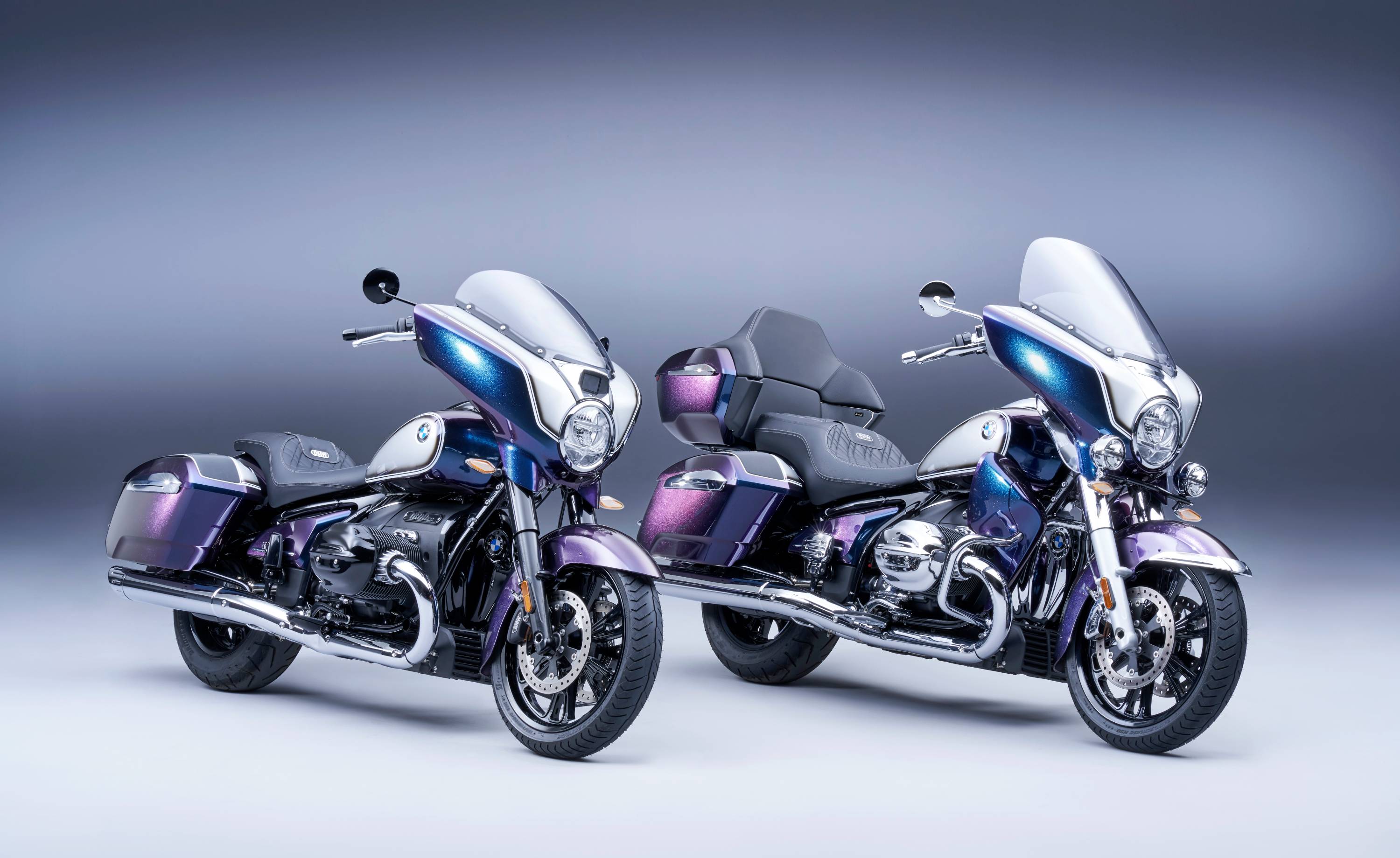 BMW Motorrad brings out the big guns for its newest cruisers
BMW Motorrad brings out the big guns for its newest cruisersBMW Motorrad R 18 Bagger and Transcontinental set the tone for high-voltage cruising with a brand collaboration with speaker specialist Marshall
-
 Dacia’s new Manifesto concept is a true outdoor utility vehicle
Dacia’s new Manifesto concept is a true outdoor utility vehicleUtilitarian auto brand Dacia sets a bold new agenda with its Manifesto, a concept car pitched at the active outdoor market
-
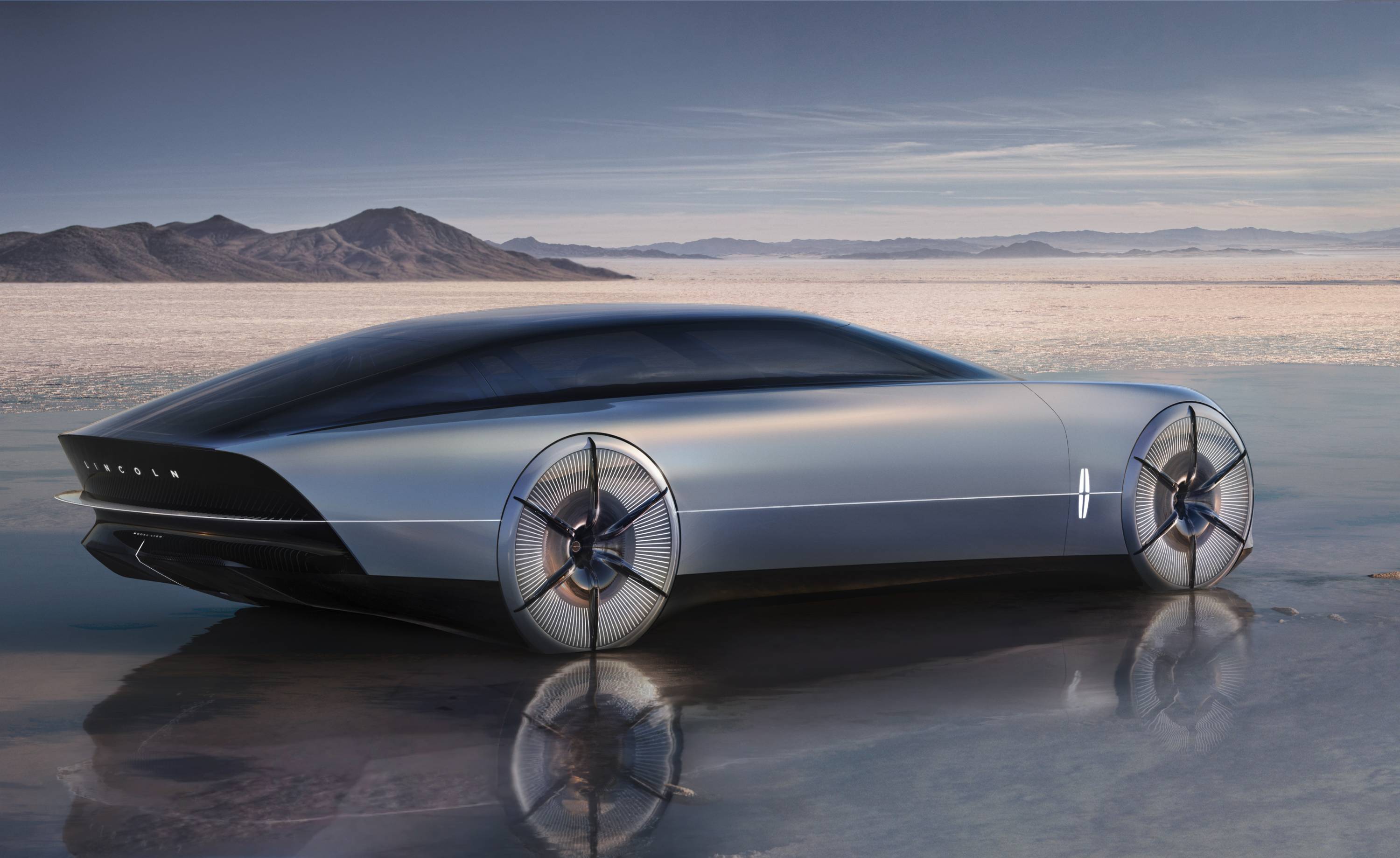 The sun sets on traditional supercars at California’s Monterey Car Week
The sun sets on traditional supercars at California’s Monterey Car WeekMonterey Car Week, the world’s most prestigious car gathering, is showcasing ever-more extravagant special editions, coachbuilt cars and all-new electric concepts. Here are seven key machines from 2022
-
 Is McLaren’s GT a sports car, a tourer, or the best of both?
Is McLaren’s GT a sports car, a tourer, or the best of both?The McLaren GT is a capable all-rounder dressed up in svelte supercar clothes. It might also be the last of its type
-
 Rolls-Royce puts the Phantom back on its lofty pedestal
Rolls-Royce puts the Phantom back on its lofty pedestalA mid-life refresh ensures the flagship Rolls-Royce Phantom Series II is at the top of its game, a last hurrah for traditional engines before an electrified future
-
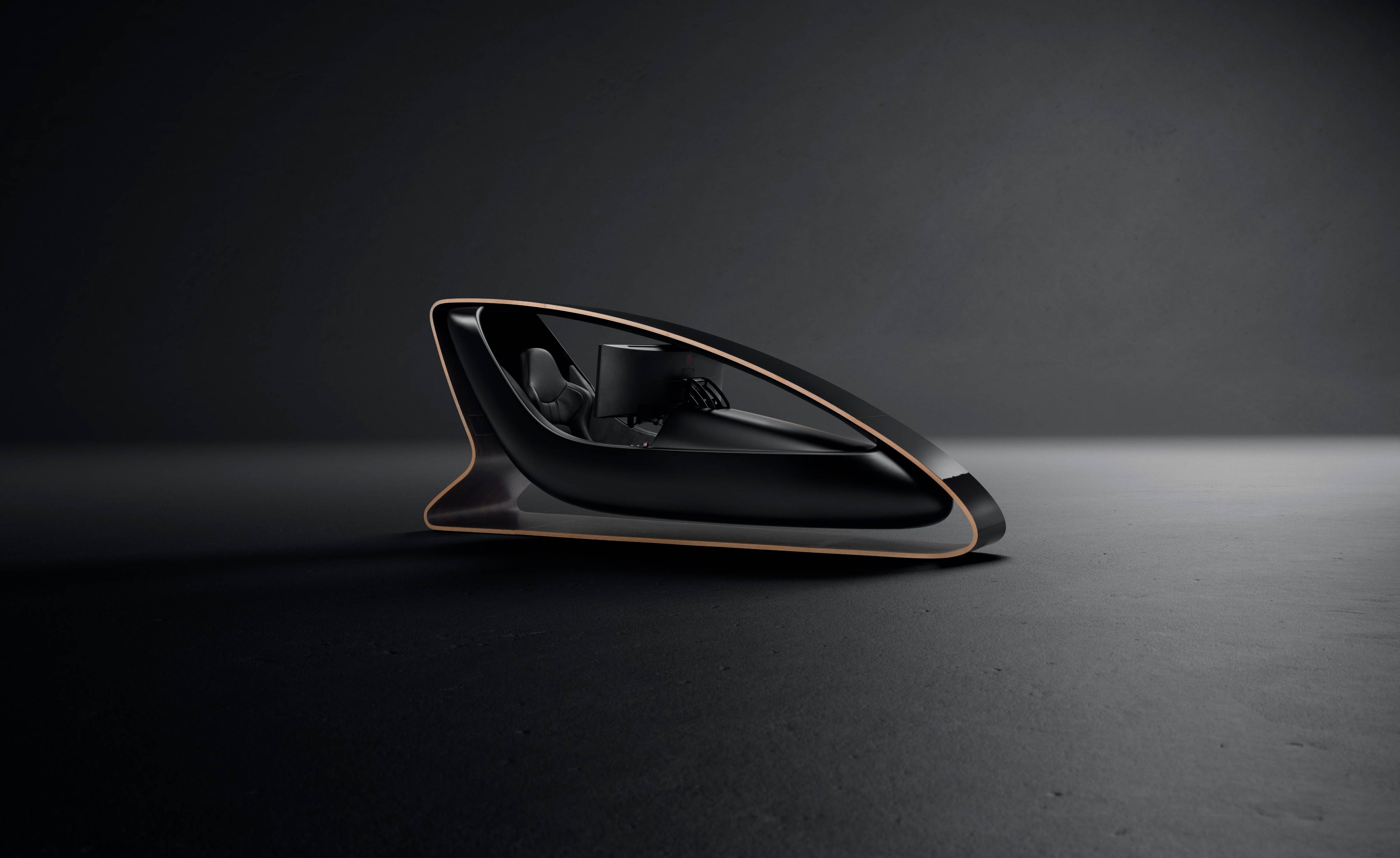 Prodrive’s new racing simulator is shaped by Callum to be front of the grid
Prodrive’s new racing simulator is shaped by Callum to be front of the gridThe racing simulator shapes up – this new design from Prodrive and Callum is honed for the high-end games room
-
 928 by Nardone Automotive: a restomod Porsche with Gallic verve and Italian style
928 by Nardone Automotive: a restomod Porsche with Gallic verve and Italian style928 by Nardone Automotive is a gracefully modernised version of Porsche’s endearingly different 928